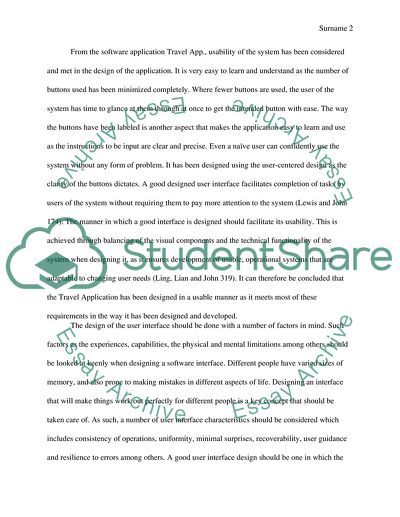Cite this document
(“Evaluation of the Software Project (Travel App) Research Paper”, n.d.)
Evaluation of the Software Project (Travel App) Research Paper. Retrieved from https://studentshare.org/design-technology/1651733-evaluation-of-the-software-project-travel-app
Evaluation of the Software Project (Travel App) Research Paper. Retrieved from https://studentshare.org/design-technology/1651733-evaluation-of-the-software-project-travel-app
(Evaluation of the Software Project (Travel App) Research Paper)
Evaluation of the Software Project (Travel App) Research Paper. https://studentshare.org/design-technology/1651733-evaluation-of-the-software-project-travel-app.
Evaluation of the Software Project (Travel App) Research Paper. https://studentshare.org/design-technology/1651733-evaluation-of-the-software-project-travel-app.
“Evaluation of the Software Project (Travel App) Research Paper”, n.d. https://studentshare.org/design-technology/1651733-evaluation-of-the-software-project-travel-app.


